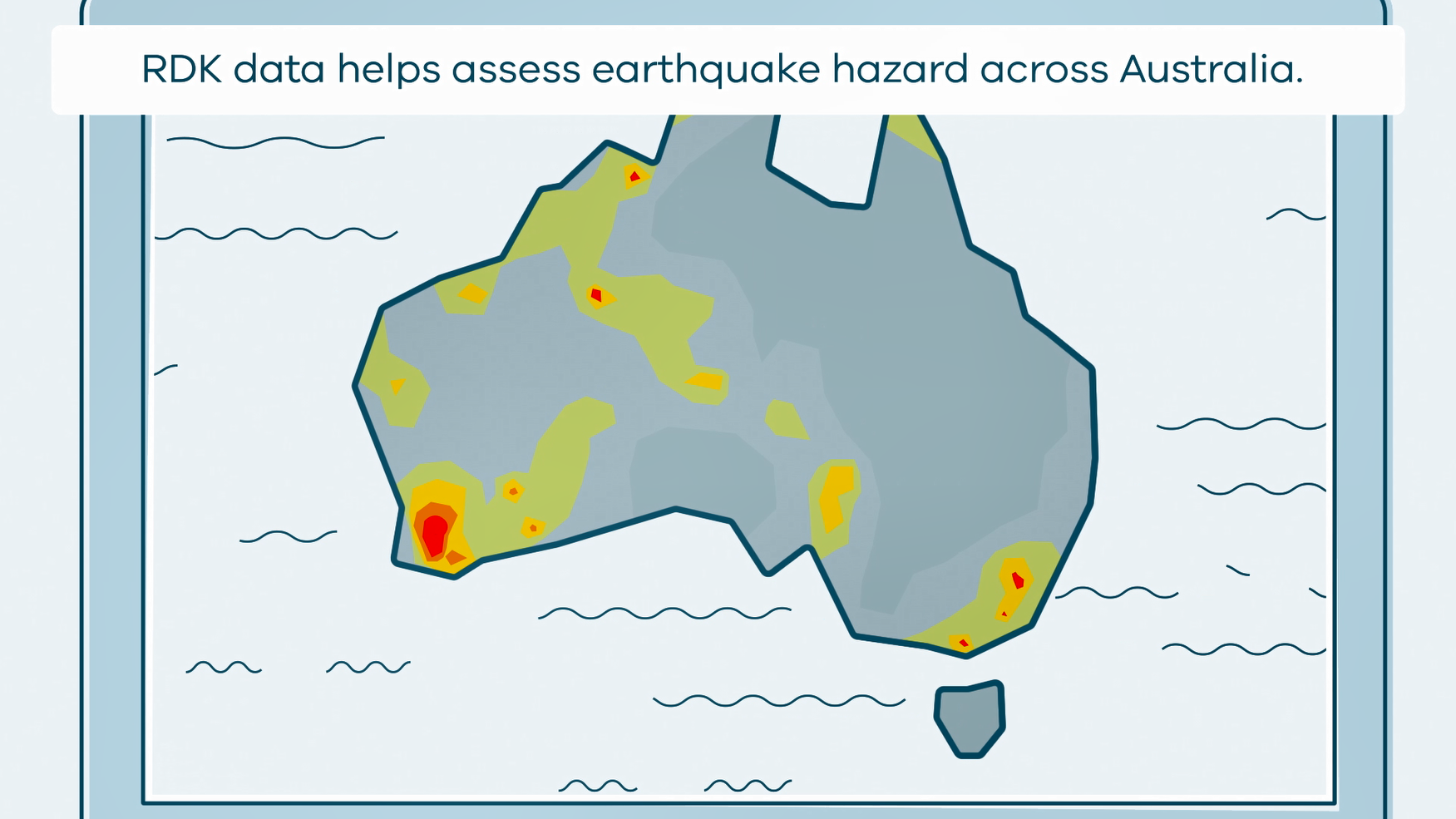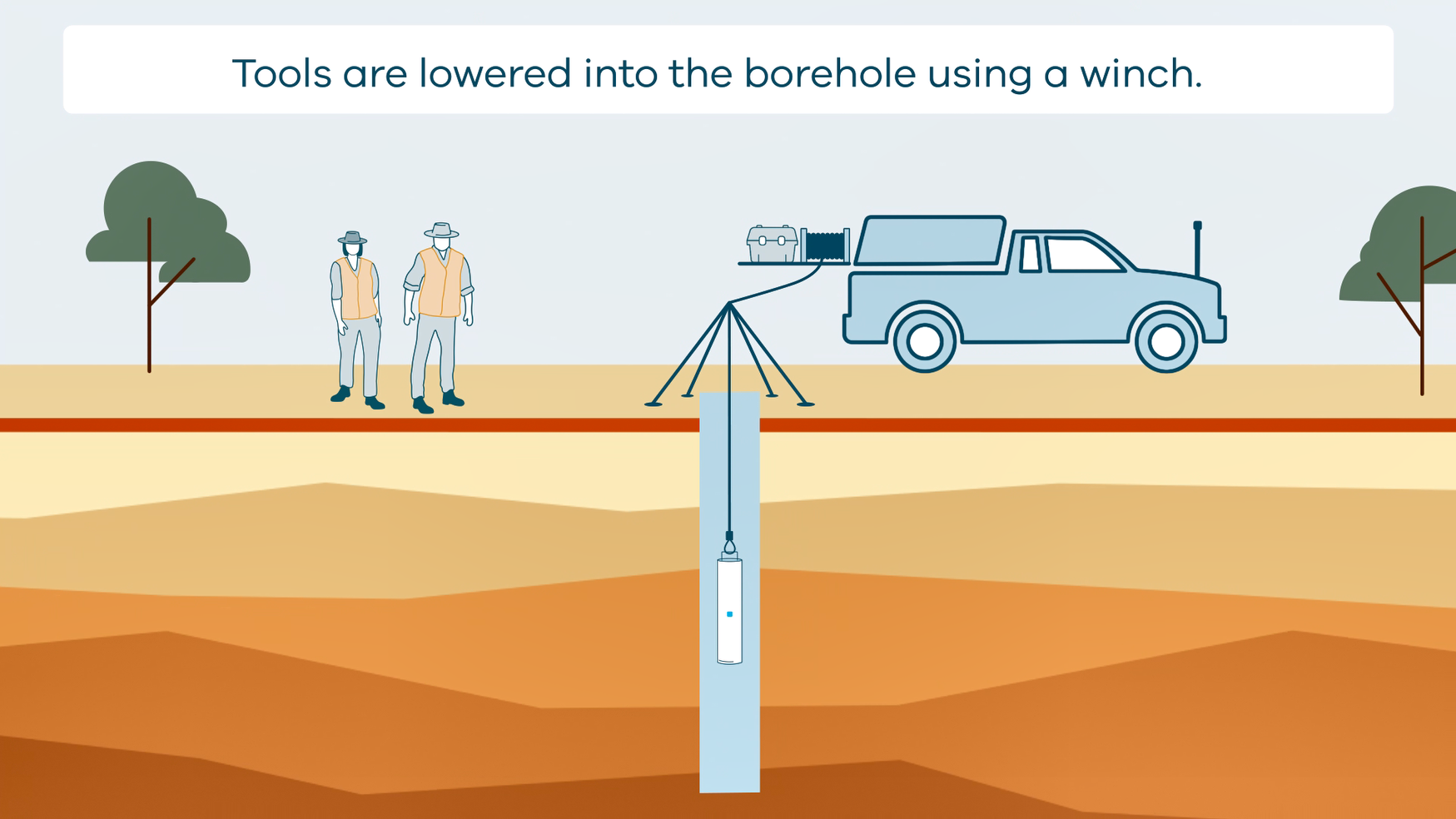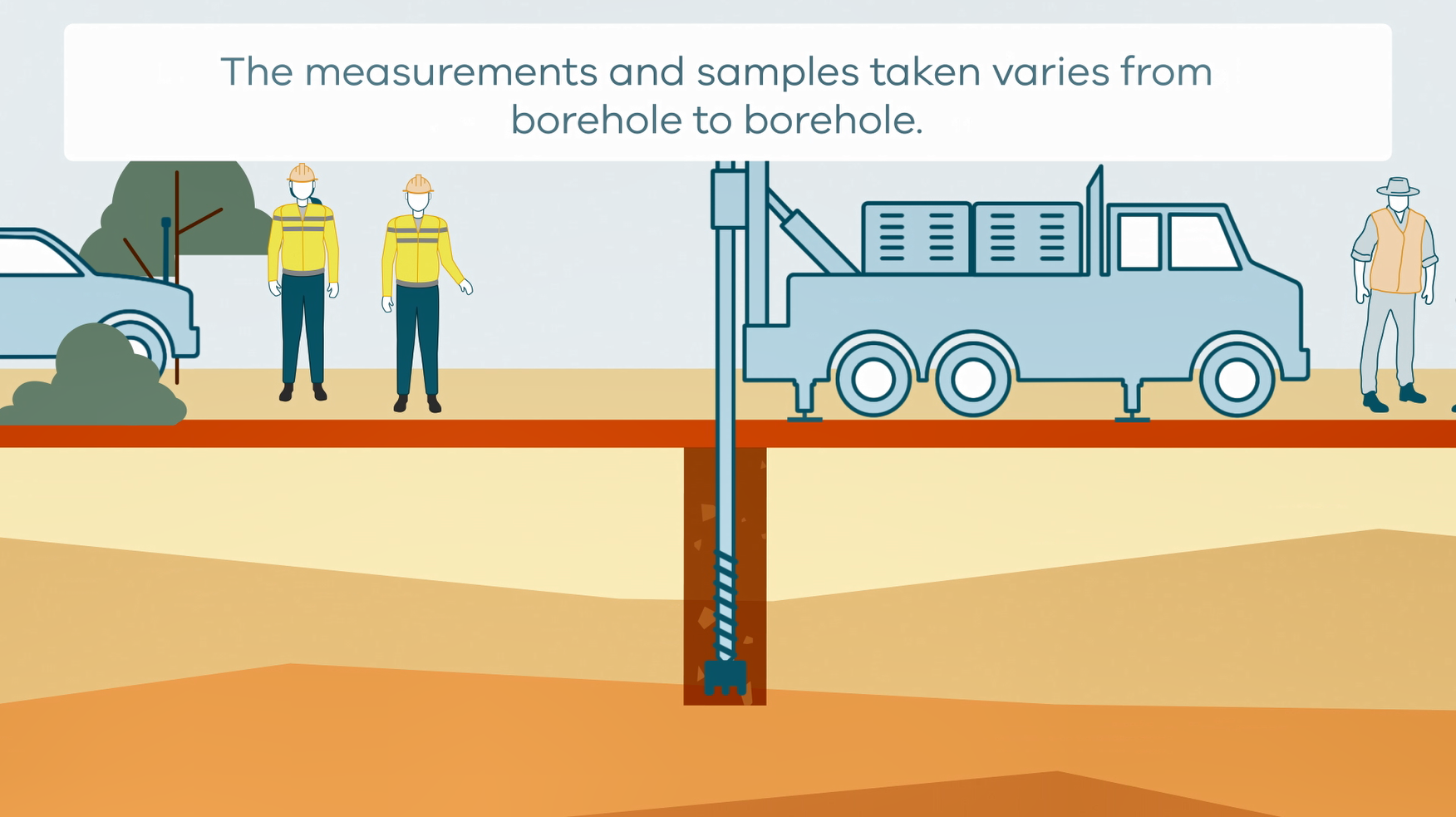Geoscience Knowledge Sharing
Type of resources
Keywords
Publication year
Topics
-
Australia remains underexplored or unexplored, boasting discovery potential in the mineral, groundwater, and energy resources hidden beneath the surface. These “greenfield” areas are key to Australia’s future prosperity and sustainability. Led by Geoscience Australia, Australia’s national government geoscience organisation, the Exploring for the Future program was a groundbreaking mission to map Australia’s mineral, energy, and groundwater systems in unparalleled scale and detail. The program has advanced our understanding of Australia’s untapped potential. Over the course of 8 years, the Exploring for the Future program provided a significant expansion of public, precompetitive geoscience data and information, equipping decision-makers with the knowledge and tools to tackle urgent challenges related to Australia’s resource prosperity, energy security, and groundwater supply.
-
<div><strong>Output Type: </strong>Exploring for the Future Extended Abstract</div><div><br></div><div><strong>Short Abstract: </strong>Geoscience Australia’s headquarters in Canberra welcome over 11,000 visitors each year to learn about the relevance of geoscience in their everyday lives and view the National Mineral and Fossil Collection. After substantial public consultation, a new exhibit, <em>Rocks that Shape Australia</em>, was installed in 2023 to help to contextualise the <em>Exploring for the Future </em>(EFTF)<em> </em>program and Geoscience Australia’s work. The exhibit showcases the importance of understanding and mapping Australia’s geological features, highlighting their value and prompting visitors to consider which rocks might ‘shape’ Australia into the future. <em>Rocks that Shape Australia </em>sets a benchmark for the use of contemporary interpretive practices in Geoscience Australia’s public spaces. It will enable the thousands of future visitors to Geoscience Australia to explore geoscience and its importance in society as well as setting new best-practice standards for visitor-focused development of new public exhibits in Geoscience Australia’s public spaces. </div><div><br></div><div><strong>Citation: </strong>Ryder, A., Soroka, L., Petkovski, S., Kennett, R. & Hill, S., 2024. Connecting Australians with geology through a new exhibition, Rocks that Shape Australia. In: Czarnota, K. (ed.) Exploring for the Future: Extended Abstracts. Geoscience Australia, Canberra, https://doi.org/10.26186/149409 </div>
-
This animation shows how Airborne Electromagnetic Surveys Work, when conducted by a rotary wing (helicopter) aircraft. It is part of a series of Field Activity Technique Engagement Animations. The target audience are the communities that are impacted by our data acquisition activities. There is no sound or voice over. The 2D animation includes a simplified view of what AEM equipment looks like, what the equipment measures and how the survey works.
-
The Exploring for the Future program Showcase 2023 was held on 15-17 August 2023. Day 2 - 16th August talks included: Highways to Discovery and Understanding Session AusAEM - Unraveling Australia's Landscape with Airborne Electromagnetics – Dr Yusen Ley Cooper Exploring for the Future Data Discovery Portal: A scenic tour – Simon van der Wielen Towards equitable access to regional geoscience information– Dr Kathryn Waltenberg Community engagement and geoscience knowledge sharing: towards inclusive national data and knowledge provision – Dr Meredith Orr Foundational Geoscience Session The power of national scale geological mapping – Dr Eloise Beyer New surface mineralogical and geochemical maps of Australia – Dr Patrice de Caritat Imaging Australia’s Lithospheric Architecture – Dr Babak Hejrani Metallogenic Potential of the Delamerian Margin– Dr Yanbo Cheng You can access the recording of the talks from YouTube here: <a href="https://youtu.be/ZPp2sv2nuXI">2023 Showcase Day 2 - Part 1</a> <a href="https://youtu.be/dvqP8Z5yVtY">2023 Showcase Day 2 - Part 2</a>
-
<div>As part of the Exploring for the Future Geoscience Knowledge Sharing project, a mobile laboratory was designed and built to help with field work and enhance opportunistic outreach experiences for communities in the areas where field work is taking place. This seminar explores some of the lessons learned from outreach programs planned and evaluated during 2023. The presenters will describe how the craft of stakeholder engagement can be improved by well researched and designed models and engagement exhibits. Outreach not only promotes the field program but also the work an agency does more broadly and can help scientists to better understand the general community who are consumers of data. This in turn can help with future planning of field and other work programs. </div><div><br></div>
-
This animation shows how borehole geophysical surveys are conducted. It is part of a series of Field Activity Technique Engagement Animations. The target audience are the communities that are impacted by GA's data acquisition activities. There is no sound or voice over. The 2D animation includes a simplified view of what borehole geophysics equipment looks like, what the equipment measures and how scientists use the data.
-
This animation shows how stratigraphic drilling is conducted. It is part of a series of Field Activity Technique Engagement Animations. The target audience are the communities that are impacted by GA's data acquisition activities. There is no sound or voice over. The 2D animation includes a simplified view of what stratigraphic drilling looks like, what measurements and samples are taken, and how scientists use the data.
-

This animation shows what happens when rapid deployment kits (RDKs) are deployed after an earthquake. It is part of a series of Field Activity Technique Engagement Animations. The target audience are the communities that are impacted by GA's data acquisition activities. There is no sound or voice over. The 2D animation includes a simplified view of what rapid deployment kits (RDKs) look like, what is measured, and how scientists use the data.
-
This collection of documents detail various field techniques and processes that GA conduct. They are in conjunction with a series of Field Activity Technique Engagement Animations. The target audience are the communities that are impacted by our data acquisition activities. Field techniques in this collection include; • AEM fixed wing • AEM Helicopter • Borehole Geophysics • Goundwater sampling • Magnetotelluric (MT) surveys • Passive seismic surveys • Rapid Deployment Kits (RDKs) • Reflection seismic surveys • Surface Magnetic Resonance (SMR) surveys • Stratigraphic drilling
-
The Exploring for the Future program Showcase 2023 was held on 15-17 August 2023. Day 1 - 15th August talks included: Resourcing net zero – Dr Andrew Heap Our Geoscience Journey – Dr Karol Czarnota You can access the recording of the talks from YouTube here: <a href="https://youtu.be/uWMZBg4IK3g">2023 Showcase Day 1</a>


